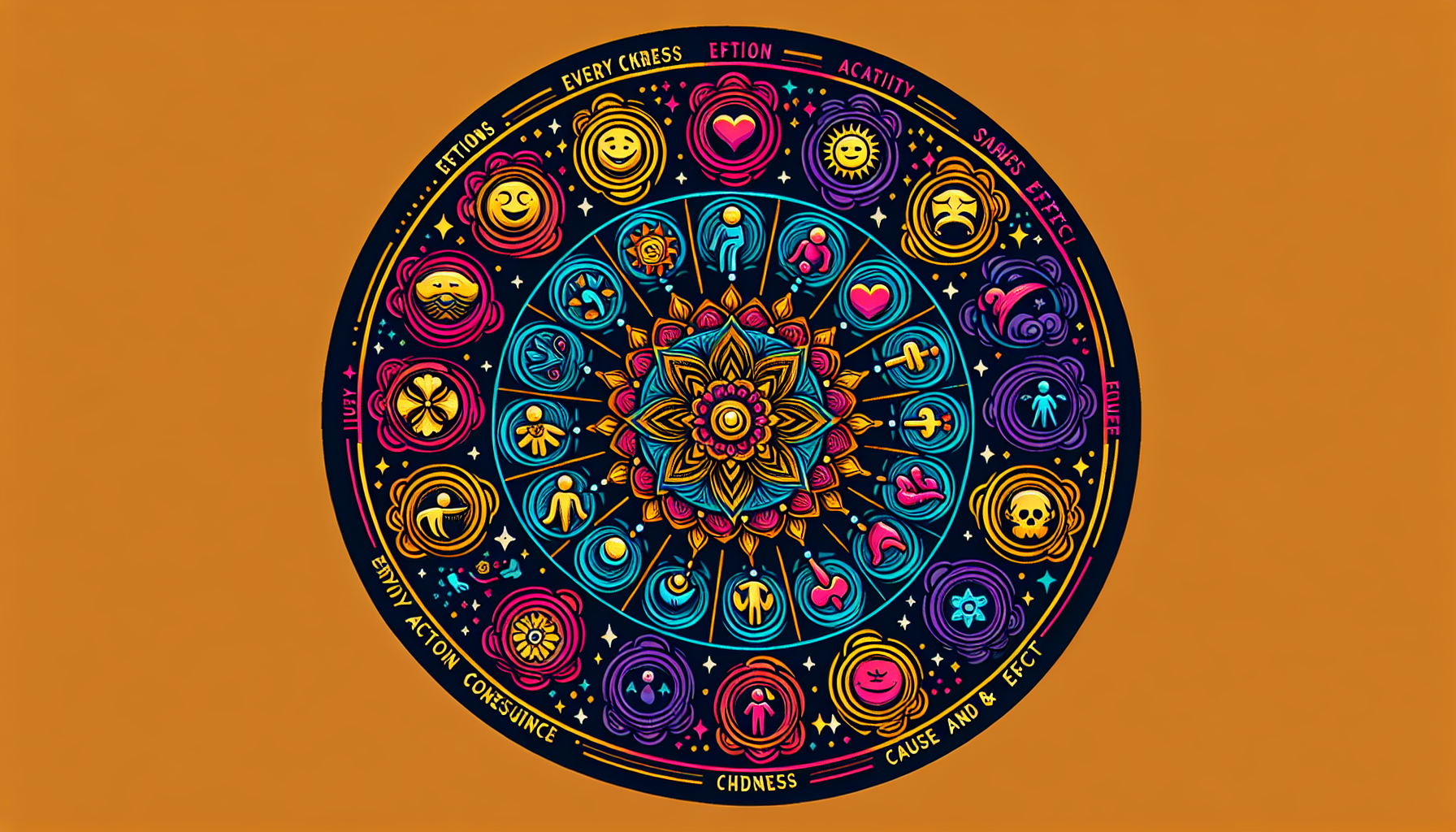Lost in Translation: Cultural Nuances That Challenge Translators

Idioms are unique linguistic expressions whose meanings cannot be deduced from the literal definitions of the words they contain. Each language has its own set of idiomatic expressions steeped in cultural context, presenting a considerable challenge for translators. For instance, the English phrase "kick the bucket," which means to die, lacks a direct counterpart in many languages. Translators are often faced with the dilemma of translating the phrase literally, which can lead to confusion, or finding an equivalent expression that captures the essence of the idiom. Consider the Chinese phrase "to eat bitter" (吃苦), which conveys the idea of enduring hardships. A direct translation into English would strip the phrase of its cultural meaning. A skilled translator might convey the sentiment by saying, "to endure hardship," thus preserving the intended message while adapting it to the target language's cultural context. This process exemplifies the need for translators to be not just linguists but also cultural interpreters, ensuring that the essence of the original message is retained.
Cultural References and Context
Beyond idioms, cultural references can pose significant challenges in translation. These references often draw from historical events, local customs, or societal norms that may not be familiar to speakers of another language. Take, for example, the Japanese term "tatemae," which refers to the public facade one presents in social situations. A literal translation would not suffice; instead, a translator must provide context to explain the significance of "tatemae" alongside its counterpart "honne," or true feelings. Such explanations allow readers to grasp the intricate social dynamics at play within Japanese culture. In literary translations, these cultural nuances become even more pronounced. Gabriel García Márquez’s "One Hundred Years of Solitude" is a novel rich with Colombian cultural references. A translator must not only translate the words but also convey the magical realism that permeates the text. This requires an understanding of Latin American culture, history, and social issues to ensure that readers unfamiliar with the context can appreciate the significance of the narrative.
The Role of Contextual Understanding
Effective translation transcends mere word-for-word conversion; it requires a deep understanding of both the source and target cultures. Context is crucial in this process. For instance, the French phrase "savoir-faire," which denotes a certain social grace and ability to handle complex situations, may not have a direct equivalent in English. A translator could choose to explain the term within the broader context of cultural sophistication, providing readers with insight into its importance in French society. Moreover, humor presents a unique challenge in translation. Jokes often rely on cultural knowledge and wordplay that can be difficult to replicate in another language. For example, puns are notoriously tricky; a joke that elicits laughter in one language may fall flat when translated. In such cases, translators may opt to create new jokes that resonate with the target audience while maintaining the original's comedic intent. This requires a creative approach, showcasing the translator's ability to navigate cultural subtleties while keeping the spirit of the original text intact.
The art of translation is a delicate dance that requires not only linguistic prowess but also cultural sensitivity and insight. As we've explored, idioms, cultural references, and context all contribute to the complexities of conveying meaning across languages. Translators serve as cultural ambassadors, bridging gaps and fostering understanding in an increasingly globalized world. By recognizing and appreciating the challenges they face, we can better value the nuanced and often invisible work that goes into translation—work that allows us to connect with one another despite the barriers of language and culture. As we navigate an ever-evolving global landscape, the role of translators remains indispensable, ensuring that the rich tapestry of human experience is woven together, one translation at a time.
Localization Project Manager
Google, Amazon, Adobe
Core Responsibilities
Oversee the localization process for multilingual projects, ensuring that cultural nuances are accurately addressed in translations.
Coordinate between translators, clients, and other stakeholders to maintain project timelines and quality standards.
Develop and manage budgets, timelines, and quality assurance processes for localization projects.
Required Skills
Strong organizational and communication skills, with a deep understanding of project management methodologies.
Familiarity with localization tools (e.g., CAT tools) and software development processes.
Experience in managing cross-cultural teams and understanding cultural subtleties.
Cultural Consultant for Translation
Core Responsibilities
Provide expert advice on cultural context and nuances to enhance the accuracy of translations.
Collaborate with translators to adapt content that resonates with target audiences while preserving the original message.
Conduct workshops to educate translators on specific cultural references and idioms.
Required Skills
In-depth knowledge of cultural studies and anthropology, with experience in cross-cultural communication.
Strong analytical skills to assess cultural elements and their implications in translation.
Ability to work collaboratively with diverse teams and communicate effectively.
Bilingual Content Strategist
Coca-Cola, Unilever
Core Responsibilities
Develop and implement content strategies that cater to multilingual audiences, ensuring cultural relevance and engagement.
Analyze market trends and audience insights to tailor content that resonates with specific cultural demographics.
Collaborate with content creators and translators to ensure consistent messaging across languages.
Required Skills
Proficiency in at least two languages, with a strong understanding of cultural contexts and marketing strategies.
Experience with content management systems (CMS) and SEO best practices for multilingual content.
Strong writing and editing skills with a focus on cultural adaptation.
Transcreation Specialist
Core Responsibilities
Transform marketing materials from one language to another while maintaining the original tone, style, and emotional impact.
Adapt slogans, advertisements, and other creative content to ensure cultural relevance and effectiveness in the target market.
Collaborate with creative teams to brainstorm and develop culturally appropriate campaigns.
Required Skills
Exceptional writing skills in both source and target languages, with a flair for creativity and storytelling.
Strong understanding of marketing principles, brand voice, and audience engagement strategies.
Experience in a specific industry (e.g., entertainment, fashion, or technology) can be advantageous.
Technical Translator
Siemens, IBM, GE
Core Responsibilities
Translate technical documents, manuals, and specifications accurately while ensuring they are understandable in the target language.
Collaborate with engineers and product developers to clarify technical terms and concepts for translation.
Stay updated on industry-specific terminology and trends to ensure precise translations.
Required Skills
Strong technical background in engineering, IT, or a related field, with proficiency in at least two languages.
Familiarity with translation software and tools, as well as documentation standards in the relevant industry.
Attention to detail and the ability to work under tight deadlines.


